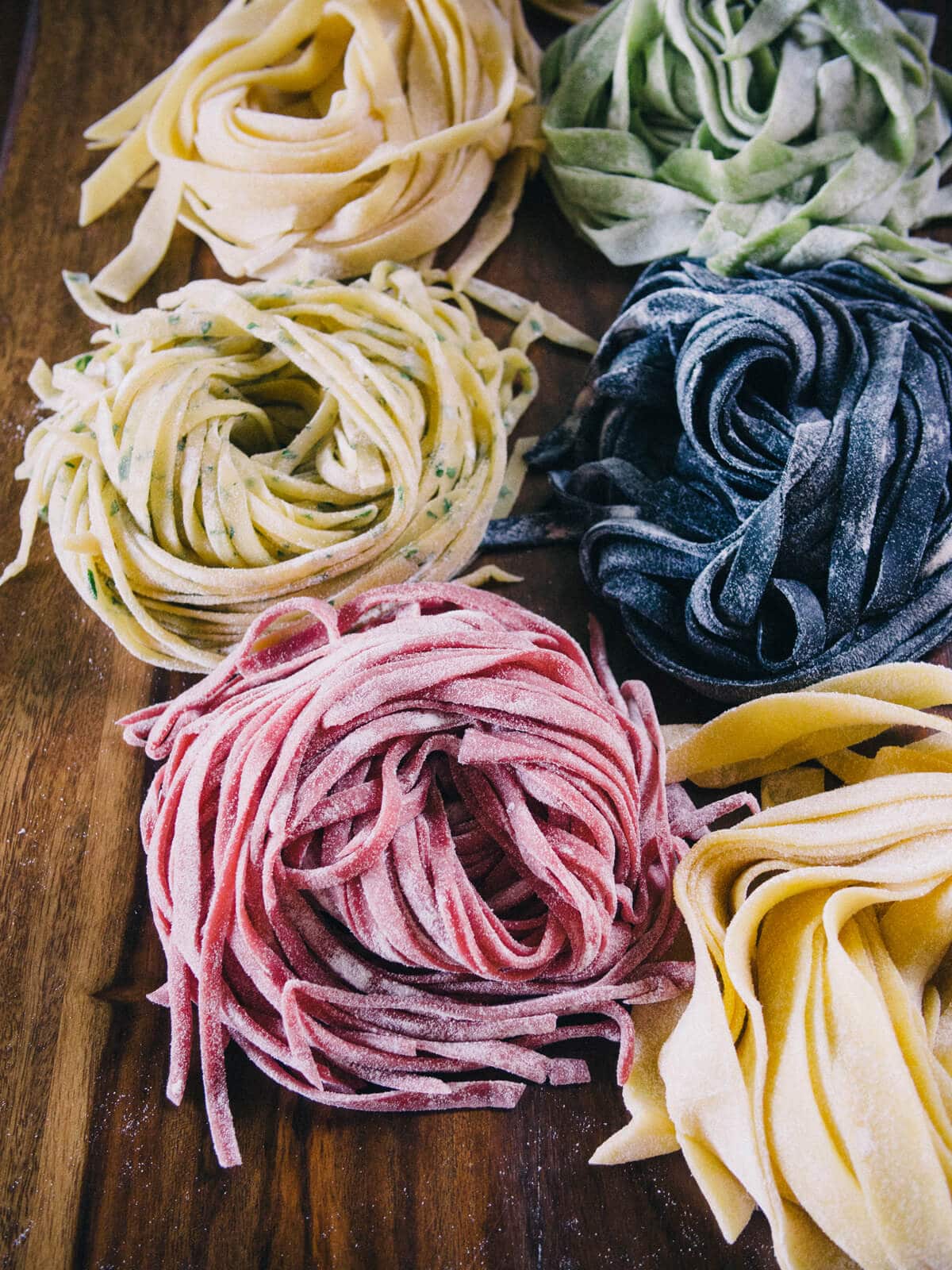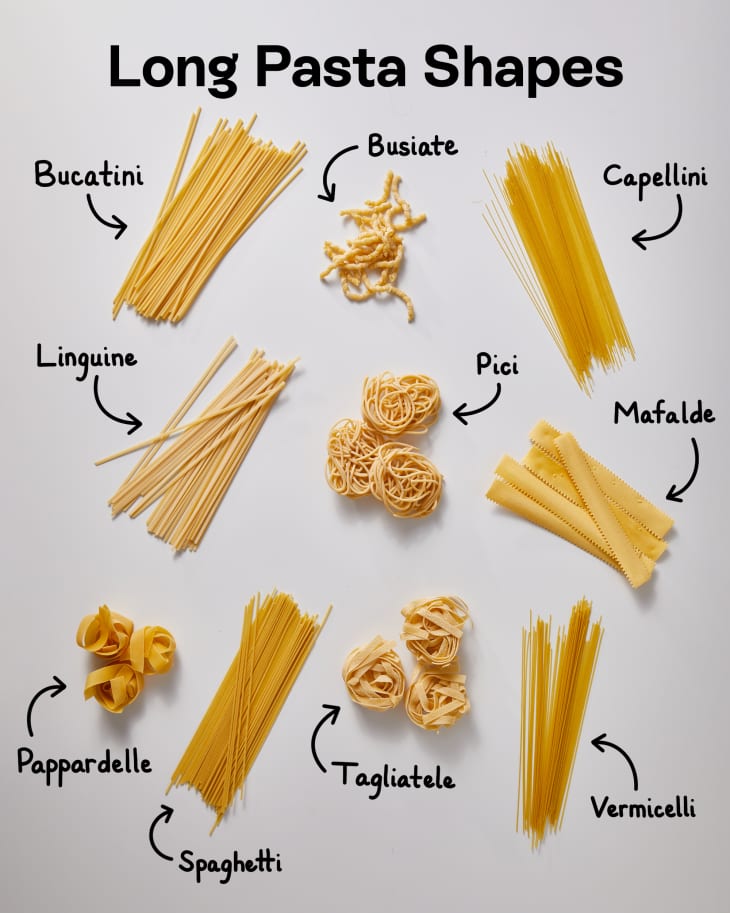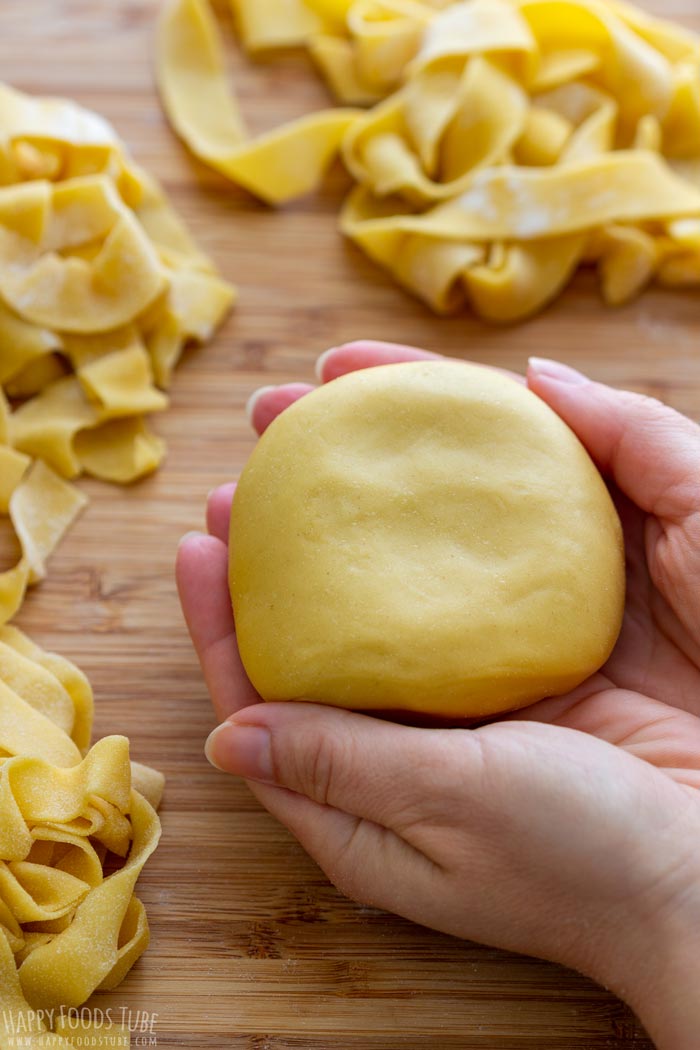How to Make Easy Homemade Pasta for Beginners

Imagine the satisfaction of twirling your fork into a steaming plate of pasta, knowing that every strand was crafted by your own hands. The aroma of fresh pasta, the texture that's just right, and the sense of accomplishment are unparalleled. If you've ever thought that making pasta at home is too daunting, think again. This guide will walk you through the process of creating easy homemade pasta recipes for beginners, turning your kitchen into a culinary haven.
Why Make Homemade Pasta?
Making fresh pasta at home is not just about the taste; it's about the experience. It's akin to painting a masterpiece—you start with basic ingredients and transform them into something extraordinary. Plus, it's a fantastic way to impress your family and friends with your kitchen basics and cooking techniques.
The Basics: Understanding Pasta Dough
Before we dive into the recipe, let's understand the fundamentals of pasta dough. The key ingredients are simple: flour, eggs, and sometimes a pinch of salt. The magic happens in the mixing and kneading process, which develops the gluten, giving the pasta its characteristic chewy texture.
Ingredients You'll Need
- 2 cups all-purpose flour
- 3 large eggs
- Pinch of salt
Tools You'll Need
- A large mixing bowl
- A rolling pin (or a pasta machine if you have one)
- A sharp knife or pasta cutter
Step-by-Step Guide to Making Easy Homemade Pasta
Step 1: Mixing the Dough
Start by combining the flour and salt in a large mixing bowl. Make a well in the center and crack the eggs into it. Using a fork, begin to mix the eggs, gradually incorporating the flour from the sides. This process is like building a sandcastle—you start with a small base and slowly add more sand (flour) to create a sturdy structure.
Step 2: Kneading the Dough
Once the mixture becomes too thick to stir with a fork, turn it out onto a lightly floured surface. Knead the dough for about 10 minutes. Kneading is like giving the dough a massage—it helps to develop the gluten, making the pasta elastic and strong. You'll know the dough is ready when it feels smooth and elastic.
Step 3: Resting the Dough
Wrap the dough in plastic wrap and let it rest for about 30 minutes. This step is crucial as it allows the gluten to relax, making the dough easier to roll out. Think of it as giving the dough a short nap before the real work begins.
Step 4: Rolling Out the Dough
Divide the dough into four equal pieces. Using a rolling pin, roll out each piece until it's about 1/8 inch thick. If you have a pasta machine, this step becomes much easier. Start with the widest setting and gradually decrease the thickness. The goal is to achieve a thin, even sheet of pasta.

Step 5: Cutting the Pasta
Once the dough is rolled out, you can cut it into your desired shape. For simple spaghetti, fold the sheet of dough several times and cut it into thin strips with a sharp knife or pasta cutter. Unfold the strips and you have your homemade spaghetti.
Step 6: Cooking the Pasta
Bring a large pot of salted water to a boil. Add the pasta and cook for about 2-3 minutes, or until al dente. Fresh pasta cooks much faster than dried pasta, so keep an eye on it. Drain the pasta and serve it with your favorite sauce.
Tips for Perfect Homemade Pasta
- Use Room Temperature Eggs: Cold eggs can make the dough harder to work with.
- Don't Overwork the Dough: Over-kneading can make the pasta tough.
- Be Generous with Flour: Use plenty of flour when rolling out the dough to prevent it from sticking.
Conclusion
Making easy homemade pasta recipes for beginners is not just about creating a delicious meal; it's about the joy of cooking and the satisfaction of creating something from scratch. With a little practice, you'll be a pasta-making pro in no time. So, why not give it a try? Your taste buds (and your dinner guests) will thank you.

FAQs
1. Can I Make Pasta Without a Pasta Machine?
Absolutely! While a pasta machine can make the process easier, a rolling pin and a sharp knife are all you need to create delicious homemade pasta.
2. How Long Does Fresh Pasta Last?
Fresh pasta can be stored in the refrigerator for up to 2 days. If you want to store it longer, you can freeze it for up to 3 months.
3. Can I Use Different Types of Flour?
Yes, you can experiment with different types of flour. Semolina flour is often used for pasta, but all-purpose flour works well too. You can also try whole wheat flour for a healthier option.
4. What If My Pasta Dough Is Too Sticky?
If your pasta dough is too sticky, you can add more flour. Conversely, if it's too dry, add a bit of water or another egg.
5. Can I Add Herbs or Spices to My Pasta Dough?
Yes, you can add herbs, spices, or even spinach to your pasta dough for extra flavor and color. Just be mindful of the moisture content, as it may affect the dough's consistency.
Happy cooking!
0 Response to "How to Make Easy Homemade Pasta for Beginners"
Post a Comment